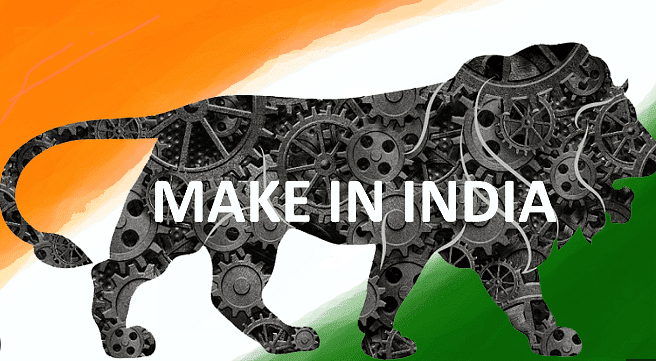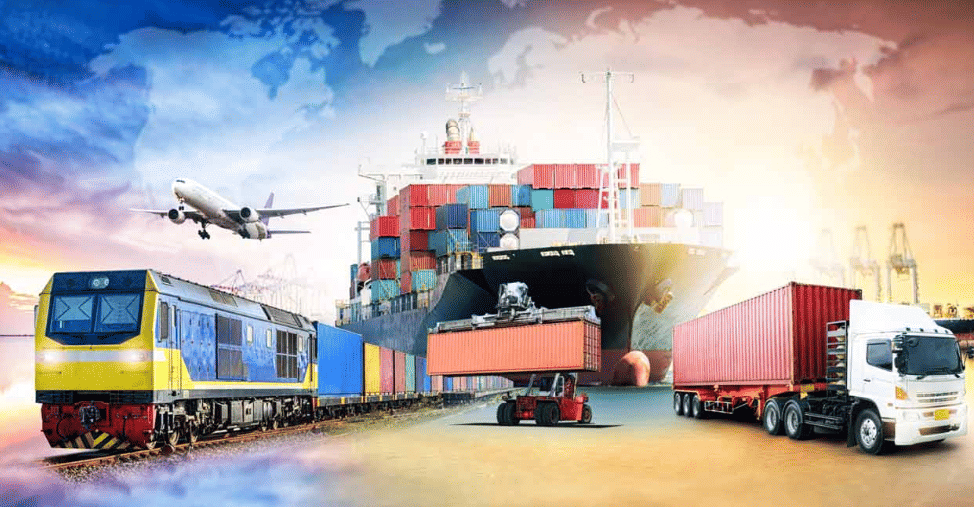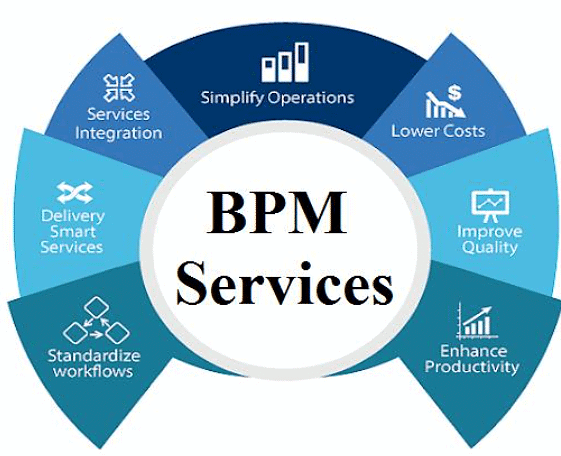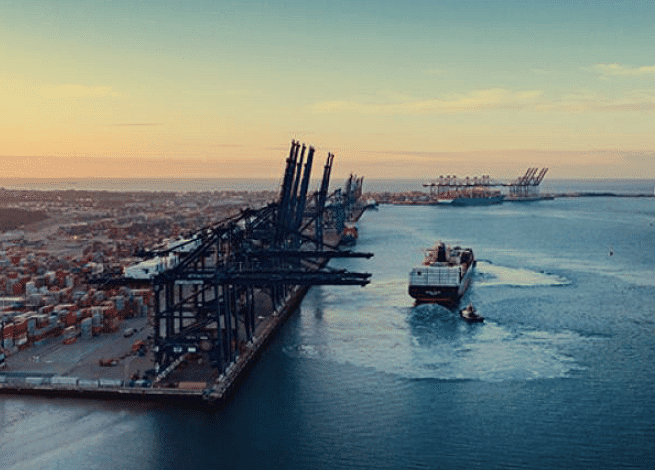Ramesh Singh Summary: Services Sector- 1 | Indian Economy for UPSC CSE PDF Download
| Table of contents |

|
| Introduction |

|
| High Frequency Indicators |

|
| Tourism and Hotel Industry |

|
| Real Estate |

|
| IT-BPM Services |

|
| Ports & Waterways |

|
| Recent Developments |

|
Introduction
The services sector has outperformed other sectors in the Indian economy, playing a crucial role in the country's integration with world trade and capital markets.
Liberalization of services faced challenges in various sub-sectors, but those integrating through trade and foreign direct investment (FDI) exhibited rapid growth with positive spillovers.
Sustainability concerns exist for a services-led growth process, primarily reliant on exports of skill-based services. There is a need to balance external demand with internal demand for sustained growth.
To ensure balanced, equitable, and employment-oriented growth, the services sector should experience more broad-based growth with backward and forward linkages to the rest of the economy.

Infrastructural and regulatory reforms and FDI liberalization can diversify growth sources within India’s services sector and provide the required momentum.
A debate arose regarding the sector leading the growth process in India, with services contributing over 62% to GDP during 2001-12. The Economic Survey 2014-15 favored the manufacturing sector.
Recent empirical studies highlight the interconnectedness between services and manufacturing sectors, emphasizing their role in creating employment and addressing issues related to skilled and unskilled labor force, formality, and informality.
The government's "Make in India" initiative is seen as a timely action to support the growth of the manufacturing sector.
The Economic Survey emphasizes the significance of expanding the railways and increasing public investment to support economic growth.
Findings align with several other recommendations for timely government actions in recent times.
High Frequency Indicators
Services sector activity, gauged by Services PMI, recovered swiftly after the waning of the Omicron variant in early 2022. However, setbacks occurred due to the Russia-Ukraine conflict and a domestic demand slump.
PMI services rose to 58.5 in December 2022, indicating growth, following an easing of retail inflation (CPI-C).
Bank credit to the services sector experienced significant growth since October 2021, with a year-on-year growth of 21.3% in November 2022, the second-highest in 46 months.
World services trade volume surpassed its pre-pandemic peak in the second quarter of 2022. However, the WTO's Services Trade Barometer Index fell to 98.3 in October 2022, slightly below its baseline, suggesting a moderation in growth in real commercial services in the third quarter of 2022.
 Service Sector
Service Sector
India's major trading partners may face a slowdown, potentially leading to a contraction. Conversely, India's services exports could improve due to high inflation in advanced economies, driving up wages and making local sourcing expensive.
India's significant role in services trade is expected to increase, with services exports growing by 27.7% in April-December 2022.
India was the 7th largest recipient of FDI among the top 20 host countries in 2021, receiving the highest-ever FDI inflows of US$ 84.8 billion in 2021-22, according to the World Investment Report 2022 by UNCTAD.
The Covid-19 pandemic had a crippling impact on the services sector. However, with the easing of movement restrictions, near-total vaccination, and the waning of the pandemic, the sector has shown a speedier recovery.
Tourism and Hotel Industry
Global tourism is gradually recovering post-pandemic, reaching 63% of the pre-pandemic level in January-September 2022, as per UNWTO's World Tourism Barometer (November 2022).
Hotel occupancy in India, affected by the Covid-19 pandemic, declined to 33-36% in 2020 but recovered to 42-45% in 2021.
A study by the Ministry of Tourism in collaboration with NCAER revealed a 32% decline in Tourism Direct Gross Value Added (TDGVA) in 2020-21.
 Tourism & Hotel Industry
Tourism & Hotel Industry
India is ranked 10th in the Medical Tourism Index 2021, with Medical Value Tourism (MVT) expected to grow to USD 13 billion by 2022. Factors include world-class hospitals, skilled medical professionals, lower treatment costs, and global demand for wellness services.
Government initiatives to make India an attractive destination for specialized tourism include AYUSH Visa for medical tourists, the National Strategy for Sustainable Tourism & Responsible Traveller Campaign, the Swadesh Darshan 2.0 scheme, and "Heal in India."
The G20 presidency provides a unique opportunity to promote India as a major tourism destination.
Real Estate
The Covid-19 pandemic disrupted the real estate sector, leading to project delays, deferment of big-ticket purchases, stagnation of property prices, and scarce funding for developers.
By early 2023, the real estate sector exhibited the following trends:
- Impact on demand for office space due to the work-from-home model adopted by corporates.
- Change in individual home buyers’ sentiment in favor of owning a house, leading to increased interest in the residential housing sector.
The hybrid work mode allowed for working from anywhere, encouraging first-time home buyers to move away from conventional metros, resulting in a pent-up demand in the residential real estate markets of Tier II and III cities.
 Real Estate Sector
Real Estate Sector
During 2022-23 (April-September), the housing sector surpassed the pre-pandemic level, and the inventory overhang decreased from 44 months in the previous year to 33 months.
Volatility in international markets and a rise in prices of construction materials forced developers to halt ongoing construction works. The Wholesale Price Index (WPI) for 'cement, lime, and plaster' increased from 127.1 in December 2021 to 137.6 by December 2022.
Recent government measures, including the reduction in import duties on steel products, iron ore, and steel intermediaries, aim to cool off price pressures in the coming times.
According to the Global Real Estate Transparency Index-2022, India's real estate market transparency is among the top ten most improved globally. The composite transparency score improved from 2.82 in 2020 to 2.73 in 2022, credited to increased institutional investment, a growing number of Real Estate Investment Trusts (REITs), regulatory initiatives like RERA and the Model Tenancy Act, and digitization of land registries and market data through platforms like Dharani and Maha RERA.
IT-BPM Services
The IT-BPM (Information Technology and Business Process Management) sector has been the primary driver of India’s exports for the past two decades.
The period between 1999 and 2009 is acknowledged as a decade of growth, while the subsequent decade focused on consolidation, successfully decoupling revenue and employee growth.
The pandemic presented an opportunity for the sector, accelerating digital transformation across various end-user industries.
This acceleration was witnessed through increased investment, adoption of more complex technology, and a strategic shift towards cloud adoption.

Key Developments in the IT-BPM Sector:
- The sector experienced a significant revenue growth of 15.5% during 2021-22, a substantial increase compared to the 2.1% growth in 2020-21.
- Exports, including hardware, exhibited substantial growth, reaching 17.2% in 2021-22 compared to a modest 1.9% growth in 2020-21.
- The sector recorded a noteworthy 10% growth in the direct employee pool during 2021-22, marking the highest-ever net addition to its employee base.
As per NASSCOM's Annual Report-2022:
- The sector demonstrated exceptional resilience during the pandemic.
- This resilience was driven by increased technology spending, accelerated technology adoption, and robust digital transformation.
- The sector swiftly adopted remote working on a wide scale, showcasing the adaptability of one of the world’s largest IT workforces.
- Beyond addressing immediate challenges, the industry enhanced its capabilities, positioning itself as future-ready.
Ports & Waterways
The sea and seashores have historically been crucial sources of opportunity and gateways to prosperity for India.
Ports play a vital role in the economy, handling around 90% of international trade by volume and 79.9% by value.
Recent Developments in the Ports Sector:
- The capacity of major ports increased from 871.5 MTPA in March 2014 to 1534.9 MTPA by March 2022.
- The government focus on improving port governance, addressing low-capacity utilization, modernizing berths with technologically efficient loading/unloading equipment, and creating new channels for port connectivity.
- Measures taken for digitization of key EXIMprocesses, including:
- Electronic Invoice (e-Invoice)
- Electronic Payment (e-Payment)
- Electronic Delivery Order (e-DO)
- Generation of electronicBill of Lading (e-BL)
- Letter of Credit (L.C)
- Implementation of Radio Frequency Identification Device (RFID) solution for seamless movement across port gates.
- Development of Portal-Marine as a Unified Digital Platform for all maritime stakeholders.
 Ports & Waterways
Ports & Waterways
Inland Waterways:
- Inland water transport holds untapped potential for goods and passenger transportation.
- India has a large endowment of rivers, canals, and waterways with a total navigable length of around 14,850 kilometers.
- The government declared 106 new waterways as National Waterways (NWs), bringing the total to 111.
- To promote inland waterways, waterway usage charges have been waived until July 2023.
- Cargo movement on NWs reached an all-time high of 108.8 million tons during 2021-22, recording a 30.1% growth compared to the previous year.
The Government enforced the new Inland Vessels Act 2021 to make inland waterways user-friendly, quicker, cost-effective, seamless, with a uniform application of rules and regulations.
Recent Developments
1. Overview of Services Sector
- Digital Economy Milestone: India’s digital economy crossed $1 trillion in 2025, driven by IT, fintech, and 5G rollout.
- GDP Contribution: Services sector contributes 55–57% to GDP in 2024–25, per Economic Survey 2024-25.
- Labor Reforms: Four Labor Codes (2020) fully implemented, enhancing gig and formal employment in services.
- Policy Integration: Atmanirbhar Bharat and Gati Shakti link services with manufacturing for balanced growth.
2. High Frequency Indicators
- Services PMI: Stabilized above 60 (e.g., 61.2 in March 2025), reflecting robust growth.
- Services Exports: Grew 12–15% in 2024–25, reaching $350 billion, led by IT and fintech.
- FDI Inflows: $90 billion annually in 2024–25, with 50% to services (IT, financial services).
- UPI Transactions: 150 billion annually in 2024–25, with global expansion to 10+ countries.
- GST Collections: Services-driven GST exceeds ₹2 lakh crore monthly in 2024–25.
- Global Capability Centres (GCCs): 1,600+ GCCs employ 1.8 million, boosting high-skill jobs.
3. Tourism and Hotel Industry
- Tourist Arrivals: Foreign arrivals exceed 12 million in 2024–25, surpassing 2019 levels.
- Hotel Occupancy: 60–65% in 2024–25, driven by domestic and medical tourism.
- Medical Tourism: Reached $20 billion in 2024–25, supported by Heal in India.
- Policy Updates: Swadesh Darshan 2.0 expanded with new sustainable circuits; Chalo India campaign (2024) boosts diaspora tourism.
- Sustainable Tourism: Eco-tourism and carbon-neutral hotels prioritized in 2024–25.
4. Real Estate
- PMAY 2.0: Launched in 2024, targeting 1 crore houses, driving residential demand.
- Market Growth: Real estate grows 8–10% annually in 2024–25, led by Tier-2 cities.
- Inventory Overhang: Reduced to below 20 months in major cities by 2025.
- Green Buildings: ESG-compliant projects and green bonds gain traction in 2024–25.
- Transparency: Global Real Estate Transparency Index score improved to ~2.6 in 2024.
5. IT-BPM Services
- Export Growth: IT exports reached $220 billion in 2024–25, with 10–12% growth.
- Workforce: Exceeds 5.5 million in 2025, driven by AI and cloud services.
- India AI Mission: Funds 10,000 AI startups, shaping IT innovation in 2024–25.
- 5G and 6G: 5G rollout completed in 2024; 6G trials began, boosting IT services.
- Data Protection: Data Protection Act, 2023 enforces data localization, impacting IT-BPM.
6. Ports & Waterways
- Port Capacity: Nears 1,800 MTPA in 2025, with green ports emphasized.
- Sagarmala Updates: 2024–25 focus on coastal shipping and port modernization.
- Inland Waterways: Cargo movement exceeds 130 million tons in 2024–25, up 30% from 2021–22.
- Gati Shakti: Integrates ports and waterways for seamless logistics in 2024–25.
- Private Investment: PPP models drive port development in 2024–25.
7. Additional Services Sector Trends
- Fintech and Digital Payments: UPI’s global expansion (10+ countries) and e-Rupee pilots scale in 2024–25.
- Gig Economy: 15 million gig workers by 2025, regulated under Labor Codes.
- Healthcare Services: Ayushman Bharat Digital Mission integrates 50 crore health IDs.
- Education Services: NEP 2020 drives EdTech growth via SWAYAM Plus (1,000+ courses).
8. Budget and Economic Survey 2024–25
- Budget Allocations: ₹1.5 lakh crore for digital infrastructure, tourism, and urban development.
- Economic Survey: Notes services sector’s 7.5% growth and GCCs’ role in exports.
|
108 videos|425 docs|128 tests
|
FAQs on Ramesh Singh Summary: Services Sector- 1 - Indian Economy for UPSC CSE
| 1. What are some high frequency indicators that can be used to analyze the performance of the services sector? |  |
| 2. How does the tourism and hotel industry contribute to the services sector? |  |
| 3. What role does the IT-BPM services sector play in the overall economy? |  |
| 4. How has e-commerce impacted the services sector? |  |
| 5. What are some key considerations for global negotiations in the services sector? |  |















